Hidden layers may record Mars’s climate history.
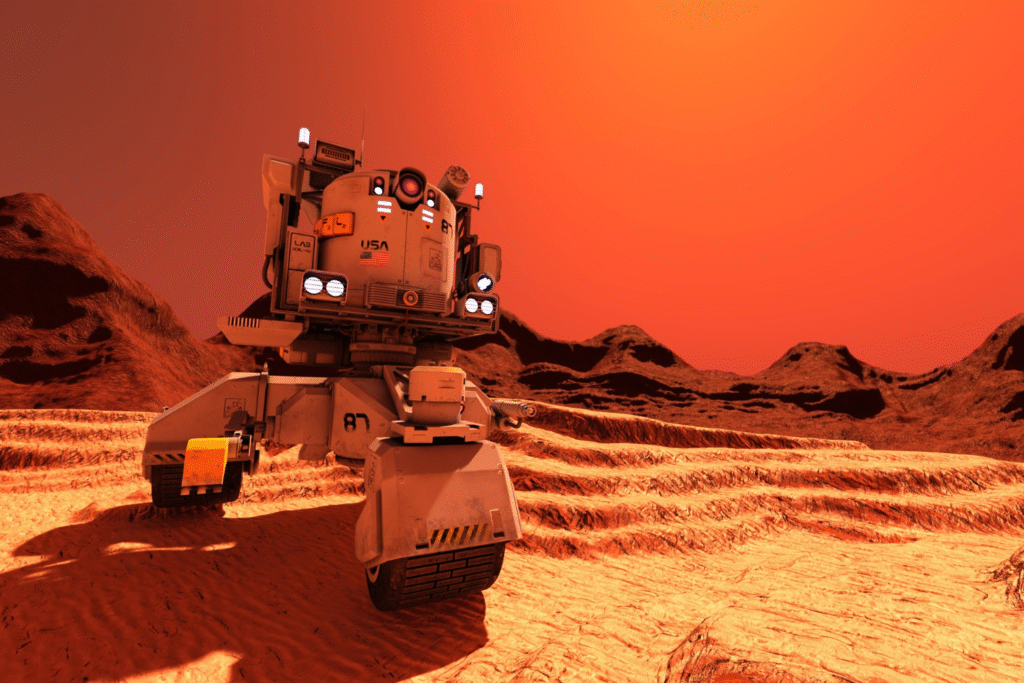
Mars might be playing the long game with its history, storing clues beneath its surface in thick layers of ice and dust that act like time capsules. Recent radar studies have revealed that in regions like the Medusae Fossae Formation near the equator, kilometers of buried water ice lie beneath layers of dust, preserving snapshots of past climate cycles and atmospheric shifts.
These ice-rich deposits aren’t just relics. They may chronicle epochs when Mars tilted differently, when its atmosphere was denser, and when water might have flowed more freely. Scientists see in those stratified layers a story that Earth can’t tell us about Mars’s changing face.
1. Radar shows kilometers of ice beneath dusty layers.
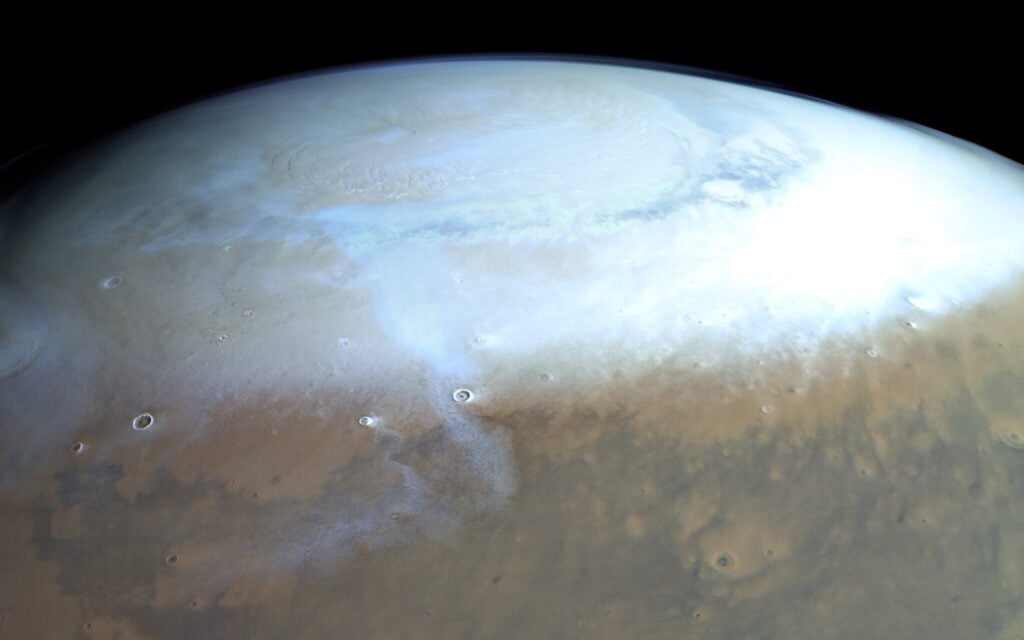
In analyses of Mars Express’s MARSIS radar data, scientists found signals beneath the Medusae Fossae Formation consistent with layered water ice perhaps extending up to 3.7 kilometers deep, essentially locked under thick dust. That discovery suggests that the equatorial region hosts the densest nonpolar ice ever measured for that latitude, as reported by ESA.
Those stratified ice and dust layers may function like a slow film reel, recording periodic climate changes, dust storms, and atmospheric interactions over millions of years. Because each layer accumulates over time, the arrangement may preserve a chronological record of Mars’s shifting environment.
2. Polar caps record tilt and climate cycles.
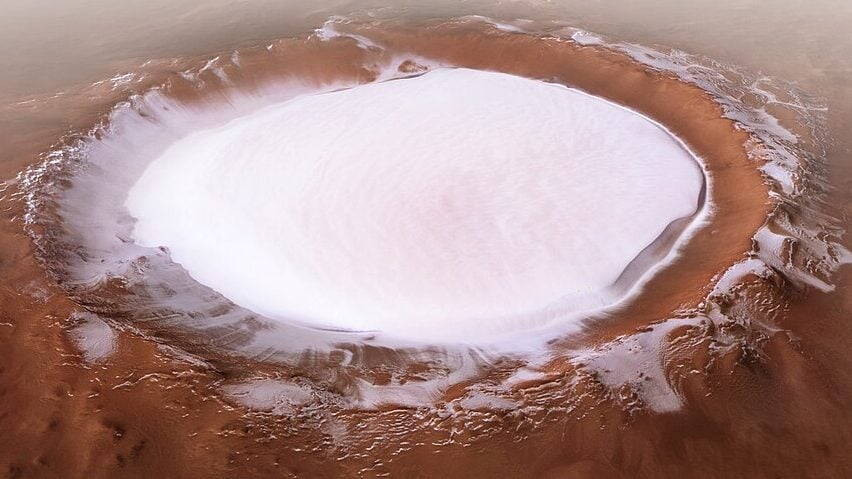
Under Mars’s poles lie vast stacks of ice, carbon dioxide, and dust arranged in alternating layers that scientists interpret as responses to changes in axial tilt, much like Earth’s ice age cycles, according to NASA’s studies of the South Polar Layered Deposits.
Researchers regard those deposits as giant climate diaries—each seasonal or epochal layer encoding the interplay between solar forcing, atmospheric collapse, and dust deposition. By reading them, scientists reconstruct how Mars’s orbit and tilt waxed, waned, and shaped its surface environments.
3. Buried ice can preserve ancient atmospheres.
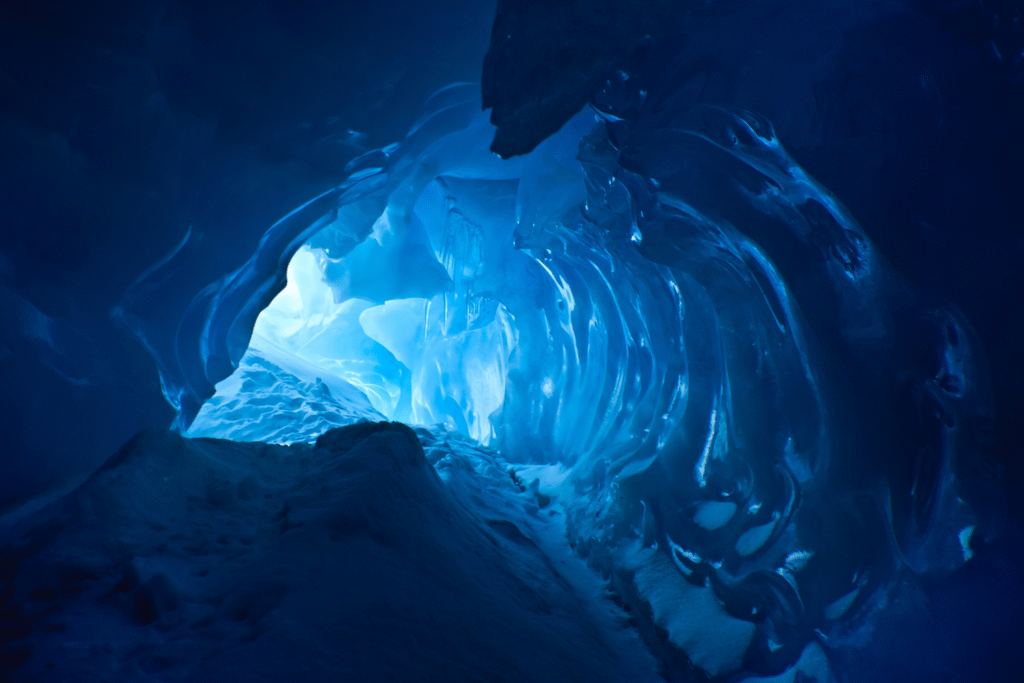
Because buried ice may shield trapped gases, dust, and isotopic signatures from cosmic rays and radiation, it acts like a vault preserving ancient atmospheric snapshots, as discovered by the study linking Martian isotope records to subsurface reservoirs.
Over eons, solar wind and UV radiation strip the atmosphere, but the interior layers remain insulated. Scientists hope that by sampling those buried strata, future missions might recover compositions of ancient air, isotopic ratios, and traces of gases lost to space.
4. Some layers formed during wetter epochs.
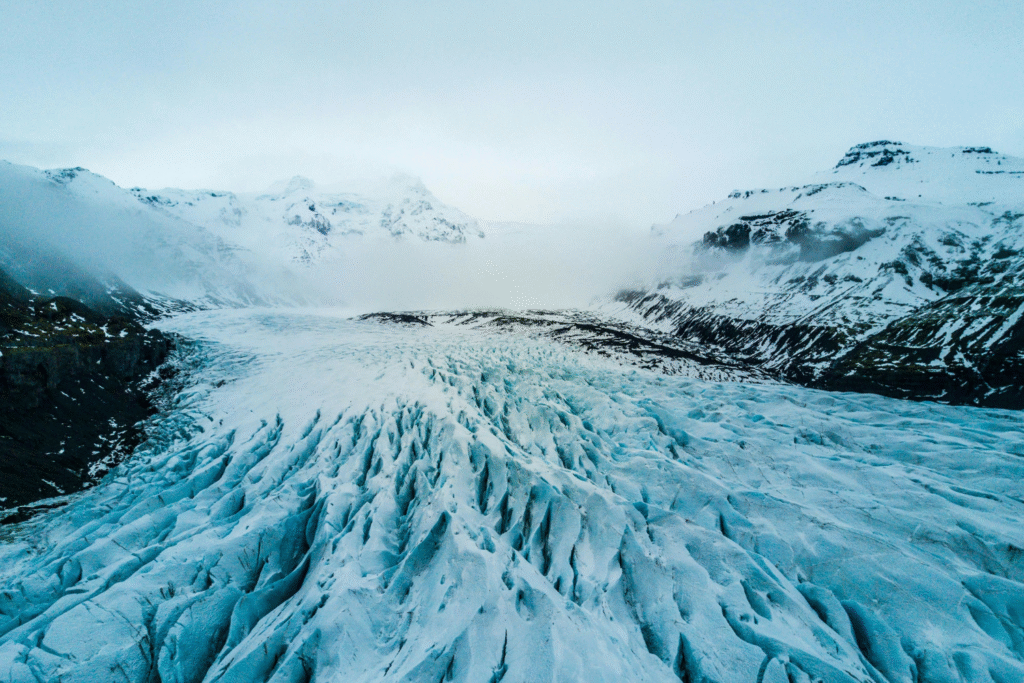
During wetter periods in Mars’s past, surface water may have infiltrated and froze in subsurface pores, depositing ice among sediment layers. These layers then were buried by dust, preserving moments when water was more active beneath the surface. Those buried sequences are different from pure polar ice deposits.
In that sense, each stratigraphic package acts like a diary of transitions—from arid to wetter, from dust to frost—captured over shifting climates. Because the equatorial ice is more insulated, it may preserve eras long erased at the poles.
5. Thermal and chemical gradients slow degradation.
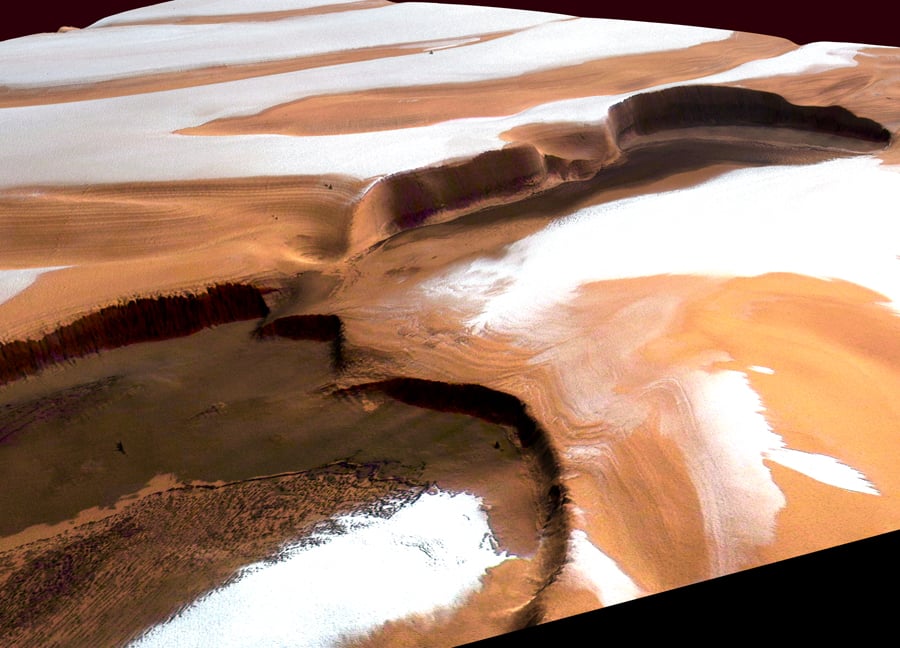
Buried ice under thick regolith endures because the overlying material limits temperature swings and shields against UV or solar heating. That insulation slows sublimation and chemical alteration, preserving structure and composition over geologic timescales.
Within those stable subsurface environments, chemical exchange with the rock or dust layers is slow. As a result, layers laid down hundreds of millions of years ago might still maintain delicate isotopic or particulate signatures.
6. Impacts and tectonics could expose the records.
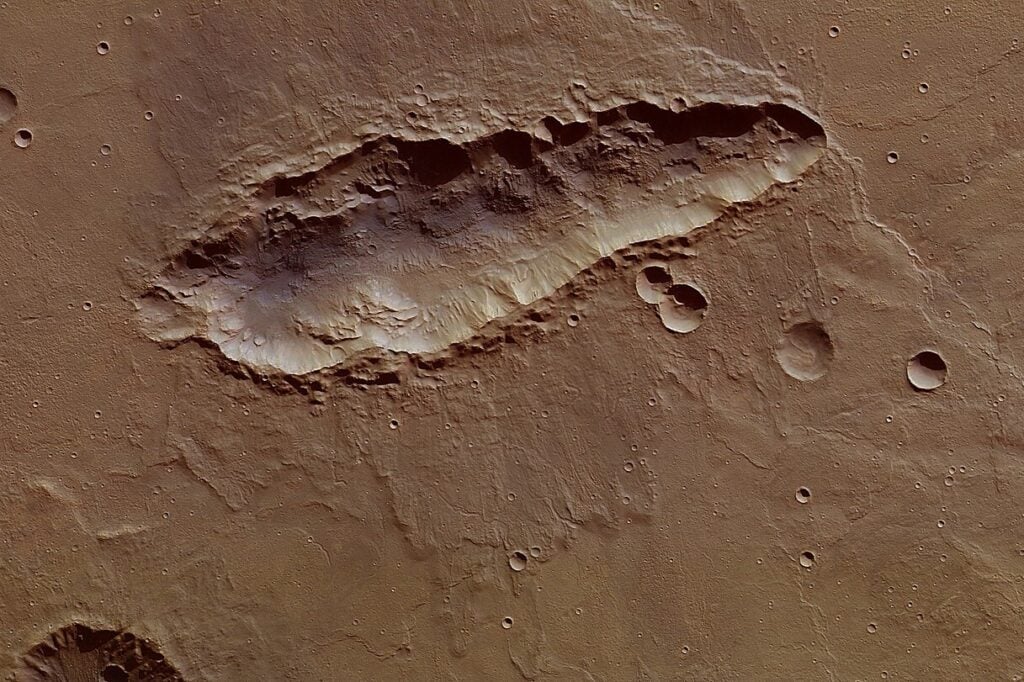
Meteor impacts or crustal activity might punch through overburden layers and reveal deeper strata. Any exposed surface scan could act as a test pit into the time capsules. Over Mars’s long history, crater walls and scarps often expose cross sections of layered deposits.
In places where erosion removes overlying dust, the sequence becomes visible. Scientists have used orbital imagery to peer into exposed walls of layered ice-dust sequences in midlatitude scarps, treating them as natural core samples.
7. The time capsules help guide landing sites.
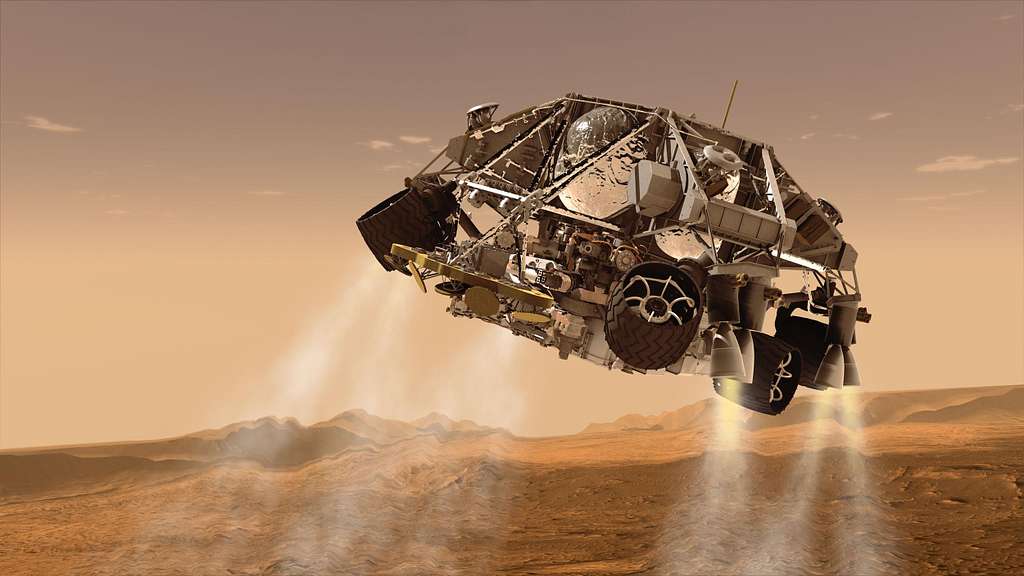
If these buried records hold pristine climate snapshots, mission planners might prioritize landing in regions where ice stratigraphy is shallow. Sampling at sites with thin overburden offers a better chance of retrieving unaltered layers. Robotic drills or subsurface penetrators could access those layers for direct study.
By comparing ice cores from polar and equatorial zones, researchers hope to map regional diversity in Mars’s climate archive. In the best scenarios, we’ll correlate local layers to global periods of change recorded at the poles.
8. Understanding Mars’s habitability potential improves.
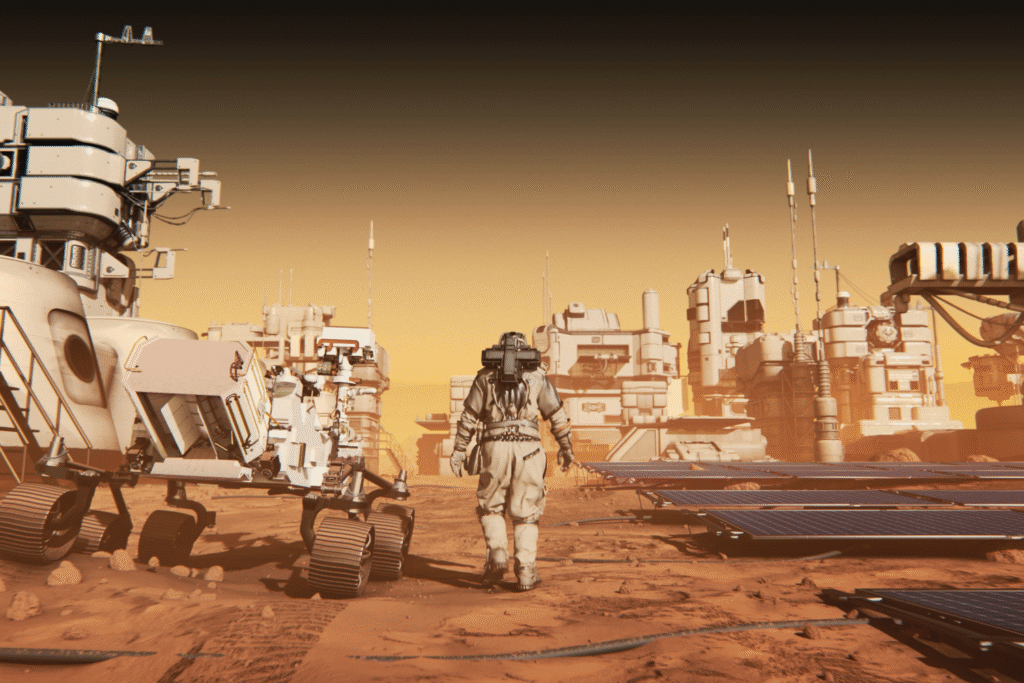
These buried sequences may contain evidence of water activity, chemical gradations, or transient melting episodes—features relevant to possible life. If microbial life ever existed, these shielded ice layers might give it refuge or preserve biosignatures.
Because radiation is weaker at depth, subsurface layers might be more hospitable than the surface. Scientists consider these time capsules promising places to search for organic molecules or microbes protected from the harsh surface.
9. The preservation may outlast surface erosion.
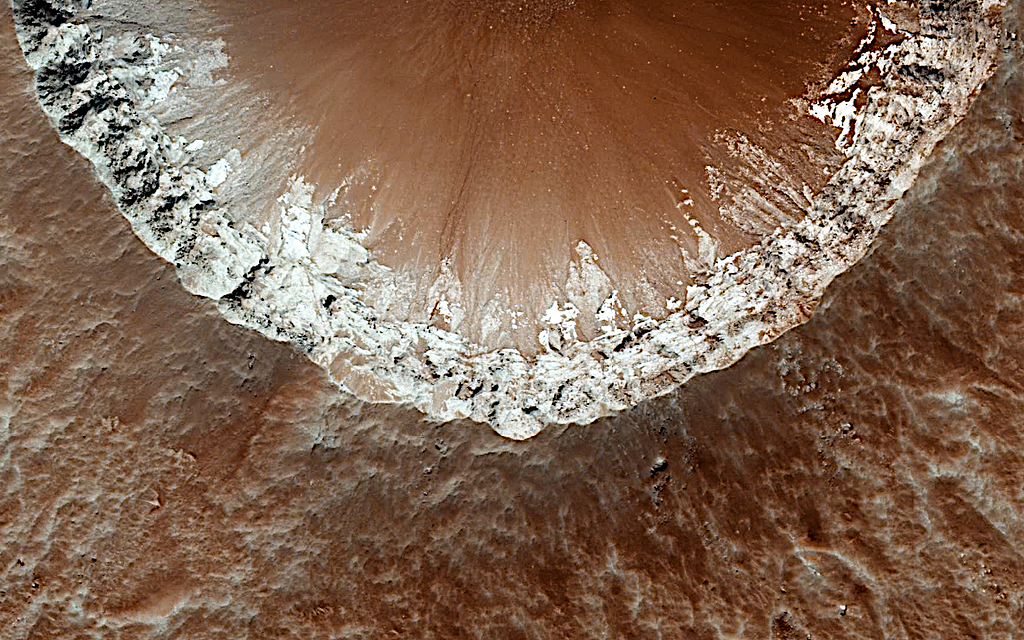
Compared to surface landscapes that erode, dust, and weather under Martian winds, buried ice hardly changes over millions of years. That deep stability means ancient sequences could remain intact where surface markers vanish.
Thus, the subsurface archive might retain details of epochs lost from surface geology. In that sense, Mars holds not just relics, but living records buried below our view.
10. Future missions could extract deep cores.

Space agencies are now designing drills and subsurface sampling systems capable of reaching meters or tens of meters into Mars. Those tools may tap these “time capsules” and bring samples to orbiters or Earth for analysis.
With isotopic spectrometers, gas analyzers, and mineral labs, returned cores would let us read chapters of Mars’s climate story. Those missions may soon transform what was once a speculative archive into a tangible chronicle beneath our feet.
